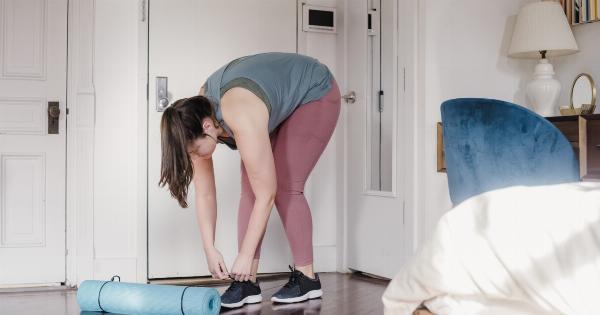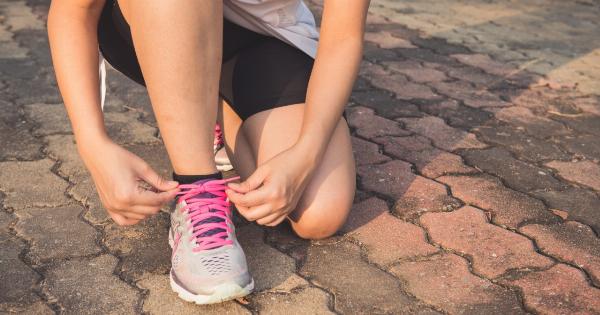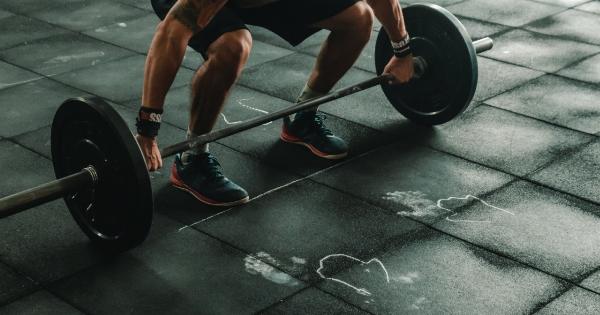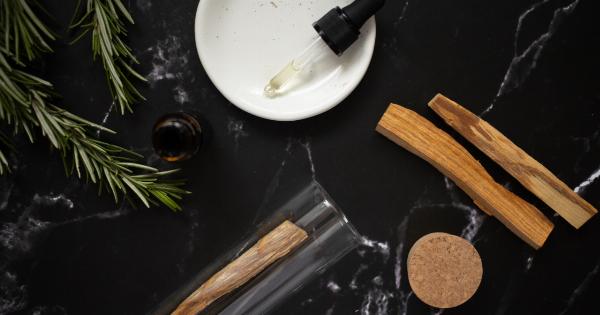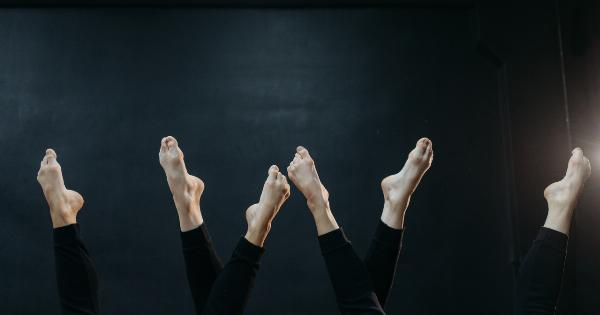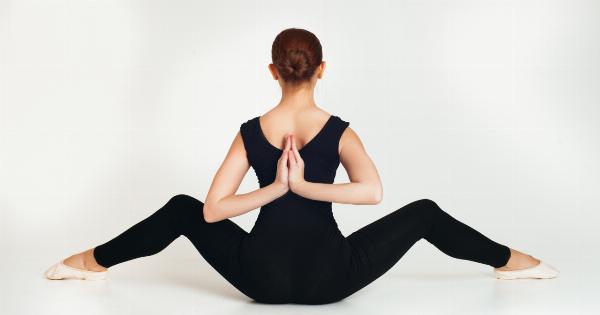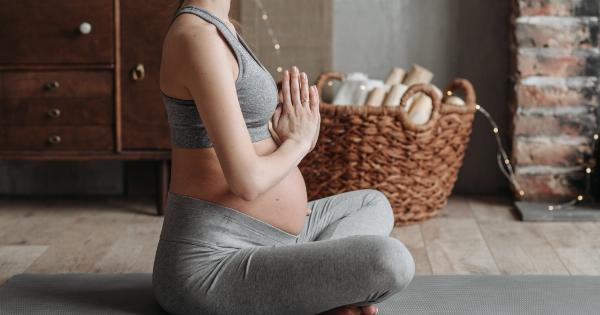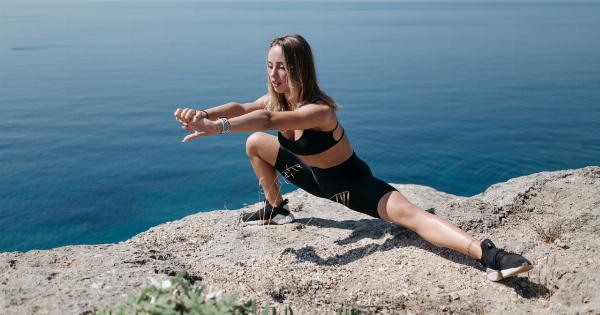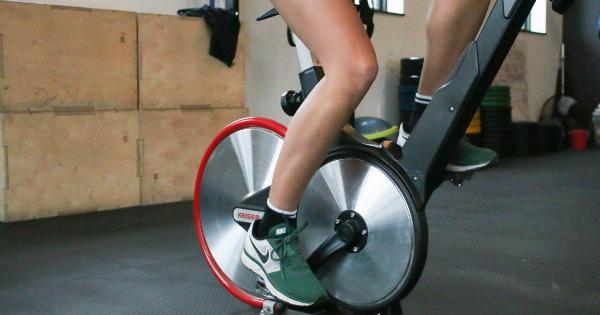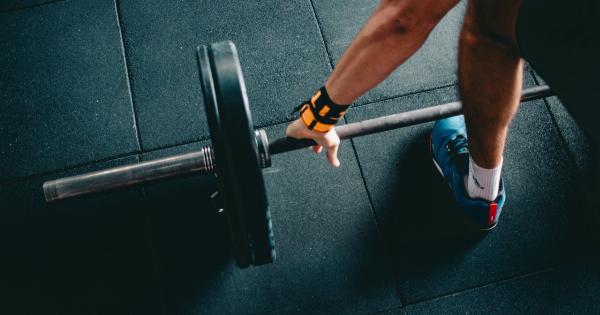Having long, lean and toned legs like those of a model is a desire shared by many. While genetics play a role in determining the shape and length of our legs, there are several tips and tricks that can help us achieve the appearance of model legs.
In this article, we will explore some easy techniques that can help you get model-like legs.
Eat a Balanced Diet
One of the most important aspects of achieving model legs is maintaining a healthy weight. To do this, it is essential to follow a balanced diet that provides your body with the necessary nutrients while keeping your calorie intake in check.
Focus on consuming whole foods such as fruits, vegetables, lean proteins, and whole grains. Avoid processed foods, sugary snacks, and excessive amounts of fat and sodium. By choosing nutrient-dense foods, you can ensure that your body receives the vitamins and minerals it needs to maintain overall health and wellbeing.
Stay Hydrated
Drinking an adequate amount of water throughout the day is crucial for overall health and can also contribute to the appearance of your legs. Proper hydration helps flush out toxins from your body and aids in maintaining healthy skin and muscle tone.
It also helps prevent water retention, which can make your legs look bloated and swollen. Aim to drink at least 8 glasses of water per day, and more if you are physically active or live in a hot climate.
Incorporate Cardiovascular Exercises
Cardiovascular exercises are essential for burning calories and reducing overall body fat, including the excess fat on your legs. Engaging in activities such as running, cycling, swimming, or brisk walking can help you get slimmer and more defined legs.
Aim for at least 30 minutes of cardio workouts, five days a week. You can also include interval training, which alternates between high-intensity bursts and periods of lower intensity, to further enhance the efficiency of your workouts.
Strength Training
While cardiovascular exercises are important for burning fat, strength training is crucial for shaping and toning your leg muscles.
Incorporate exercises that target different muscle groups in your legs, such as squats, lunges, leg presses, and calf raises. Aim to perform strength training exercises at least two to three times a week, allowing a day of rest in between each session. Start with lighter weights and gradually increase the resistance as your muscles become stronger.
Include Plyometric Exercises
Plyometric exercises are explosive movements that can help strengthen your leg muscles and increase their power.
Exercises like jump squats, box jumps, and lateral jumps engage multiple muscle groups simultaneously and can help you achieve lean and toned legs. However, it is essential to perform these exercises with proper form and gradually increase the intensity to avoid injury. Start with a few repetitions and gradually increase the number as your strength improves.
Stretching and Flexibility
Flexibility is crucial for achieving long and lean-looking legs. Incorporate regular stretching exercises into your routine to increase flexibility and elongate your leg muscles.
Practice yoga or Pilates, which focus on stretching and strengthening muscles simultaneously. Incorporating activities like ballet or dance can also help improve flexibility while adding a fun and creative element to your workout routine.
Massage and Self-Care
Massaging your legs regularly can help improve blood circulation, reduce muscle stiffness, and alleviate any pain or tension you may be experiencing.
You can use self-massage techniques by applying gentle pressure with your hands or using foam rollers or massage balls to target specific areas. Additionally, practicing self-care activities such as taking warm baths with Epsom salts or using cooling gels can help soothe and revitalize your legs after intense workouts.
Wear Heels
Wearing heels can instantly give the illusion of longer and more slender legs. When you wear heels, your legs appear elongated as your calves and thigh muscles tighten.
However, it is important to note that wearing heels for extended periods can put strain on your feet, knees, and back. Look for heels with proper arch support and opt for lower heel heights or wedges for more comfort. It is best to limit heel usage and opt for flat or supportive footwear on most occasions to prioritize the health and wellbeing of your feet and legs.
Improve Posture
Your posture plays a significant role in how your legs are perceived. Standing or sitting with proper posture can make your legs appear longer and more toned.
Practice engaging your core muscles and aligning your spine to maintain good posture throughout the day. Avoid slouching or crossing your legs for extended periods, as this can affect your overall posture and the appearance of your legs.
Exfoliate and Moisturize
To achieve flawless-looking legs, it is important to take care of your skin. Regularly exfoliate your legs to remove dead skin cells and promote cell turnover. This helps reveal smooth, glowing skin.
Additionally, make sure to moisturize your legs daily to keep the skin hydrated and supple. Opt for moisturizers that contain ingredients like shea butter or coconut oil, which provide deep hydration and nourishment to your skin.
Conclusion
Achieving model-like legs may require consistency and effort, but with the right combination of exercise, nutrition, and self-care, it is certainly attainable. Remember to focus on overall health and well-being rather than striving for perfection.
By incorporating these easy tips and tricks into your routine, you can be on your way to achieving the legs you desire.

